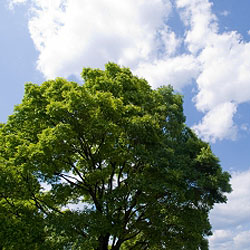
How does playing an instrument help my mixing?
The mixing console allows you to add to the nuances of an instrument in a song and place it in proper relationship to the other sounds.
The easiest is volume control such as lowering the volume of an instrument so it’s supportive of another. But, then we are back to EQ’ing.
An instrument that is supportive of another is one that doesn’t focus on the same frequencies as that instrument.
An instrument that is meant to add highlights to a song would be one where it’s frequencies are not crowded in the mix; they can even be the only instrument focused on the fundamental frequency though I see that more in high-end frequency instruments like bright percussion and brass.
What about frequency charts? What can I do with them?
I like to think of instrument frequency characteristics as their color. Let’s say, for instance, the guitar plays in blue.
Depending on my EQ settings, I might make it a bright baby blue, a dark blue, even a royal blue. By cutting and boosting the fundamental frequencies of the guitar, I’m altering the color while maintaining its basic “blue-ness.”
Then, as I consider it among all the other instruments and colors, I can create the colors that work best together. I can also boost or cut the harmonic frequencies to affect the color.
You might now ask the obvious question…“but so many instruments use similar frequencies (sometimes the same) so what makes them unique?”
Printers use four basic colors; cyan, yellow, magenta, and black. These four colors produce hundreds of thousands of colors when mixed together.
Your instruments might be cyan or black or yellow but when you look at all the ways you can alter their color and combine them with others, you get jazz and rock and pop and country and classical music.
You get music that makes you dance. You get music that makes you weep.
Mixing, specifically EQ’ing, isn’t about producing a tree with green leaves and brown bark every time.
Rather, it’s about striping off the leaves. It’s about changing the color of the leaves. It’s about trading brown bark for the paper-esque covering of a birch tree.
Once you’ve conquered that, you’re well on your way to becoming a mixing master.
Have you recently mastered the art of tasteful EQ? Let me know in the comments below!
Ready to learn and laugh? Chris Huff writes about the world of church audio at Behind The Mixer. He covers everything from audio fundamentals to dealing with musicians. He can even tell you the signs the sound guy is having a mental breakdown.
